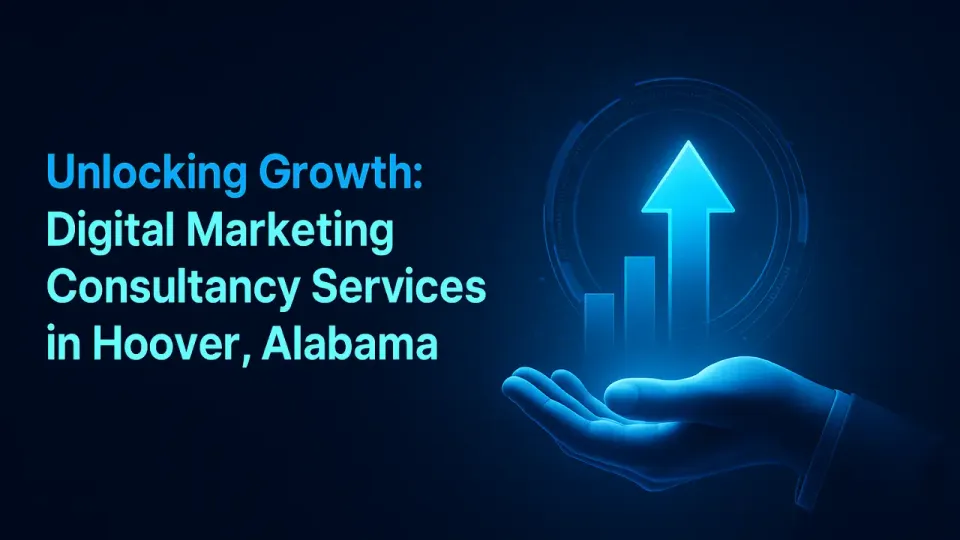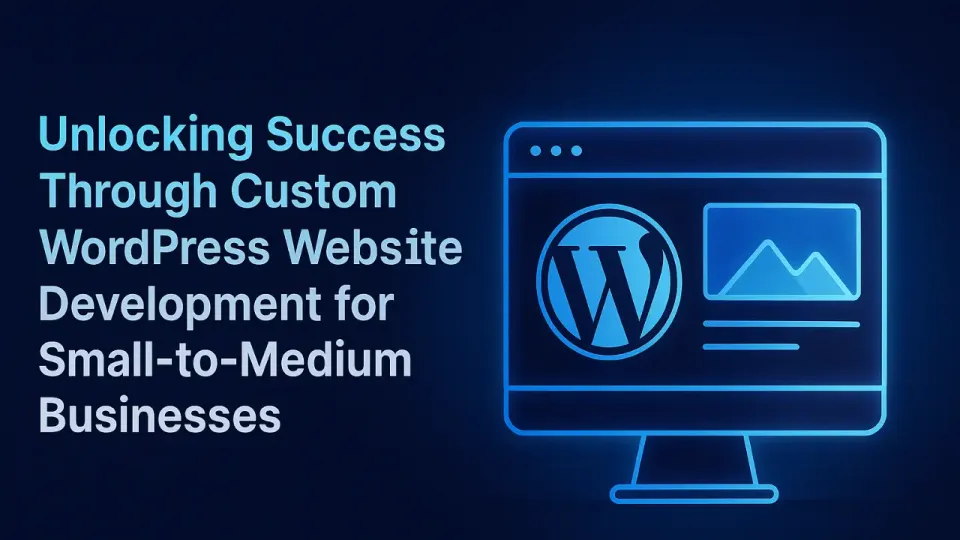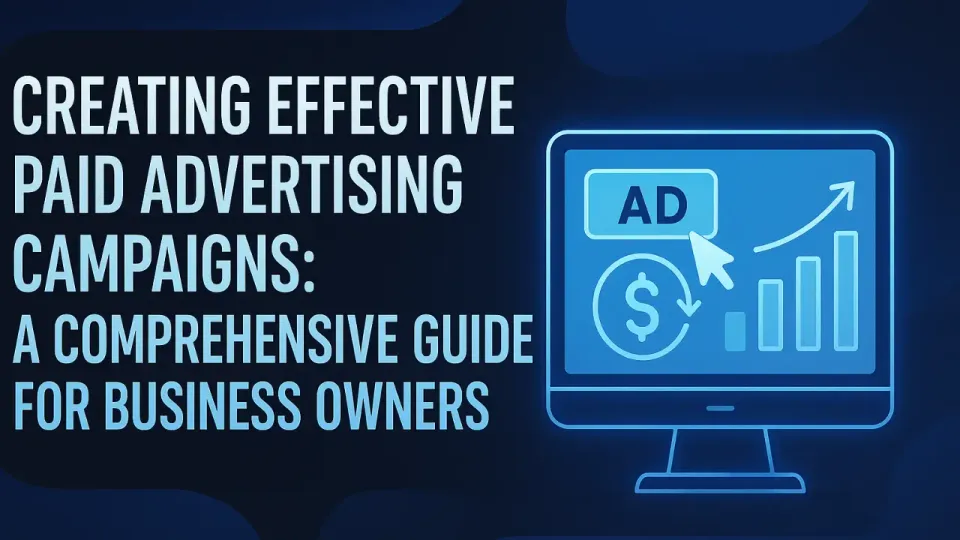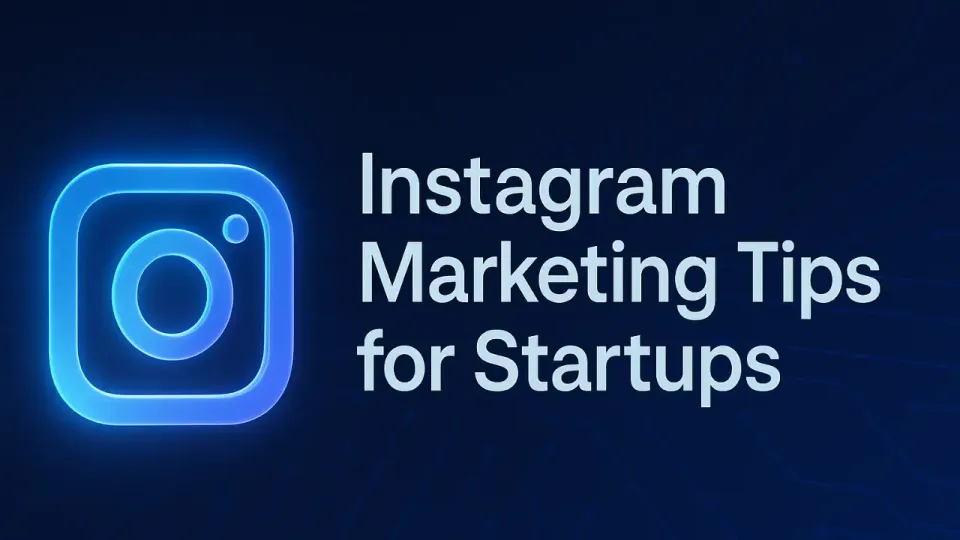Essential Website Features for Small Businesses
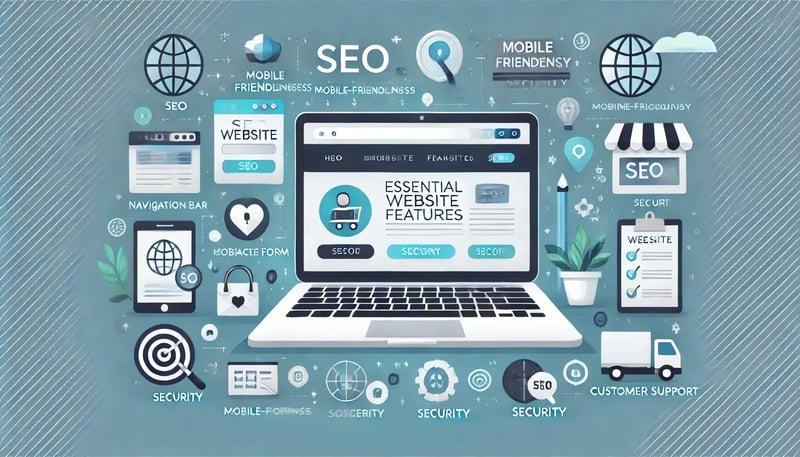
In today’s digital age, having a strong online presence is essential for small businesses. Your website is often the first impression potential customers have of your business, so it’s crucial to make it count. A well-designed website can help you attract new customers, retain existing ones, and ultimately drive business growth.

Our Voiceover Process
In this article, we’ll walk you through the key features every small business website should have. We’ll cover user-friendly design, essential content, and important technical aspects. Whether you’re just starting out or looking to improve your current site, these tips will help you create a website that not only looks great but also works effectively for your business.
Let’s dive in and explore how you can make your website a powerful tool for your small business success!
User-Friendly Design
In today’s competitive digital landscape, a user-friendly website design is essential for small businesses aiming to attract and retain customers. Your website is often the first point of contact potential customers have with your business. Making a strong first impression with a visually appealing and easy-to-navigate design can significantly enhance your chances of converting visitors into loyal customers. Let's delve into the critical aspects of creating a user-friendly website design: the importance of first impressions, responsive design, and simple navigation.
Importance of First Impressions
The saying "You never get a second chance to make a first impression" holds particularly true in the digital world. When a potential customer lands on your website, they quickly form an opinion about your business based on what they see and how they feel navigating your site. If your website appears outdated, cluttered, or difficult to navigate, visitors are likely to leave and look elsewhere, potentially costing you valuable business. On the other hand, a clean, modern, and professional-looking website can captivate visitors and encourage them to stay longer, explore your offerings, and eventually make a purchase or contact you for more information.
A well-designed website conveys trust and reliability. It shows that you care about your business and, by extension, your customers. Investing in a high-quality design can set you apart from competitors and establish your brand as a credible and professional entity. Key elements to focus on include a cohesive color scheme, high-quality images, readable fonts, and a well-organized layout that guides visitors naturally through your content.
Responsive Design
With the increasing use of mobile devices for browsing, shopping, and accessing information, having a responsive design is no longer optional—it's a necessity. A responsive website automatically adjusts its layout and content to fit different screen sizes and resolutions, ensuring a seamless and enjoyable user experience across all devices, including desktops, laptops, tablets, and smartphones.
A responsive design enhances user experience by providing consistent navigation, readability, and functionality regardless of the device used. For instance, buttons should be large enough to tap easily on a mobile screen, text should be readable without zooming, and images should adjust without losing quality. This adaptability not only keeps visitors on your site longer but also improves your search engine rankings. Search engines like Google prioritize mobile-friendly websites in their search results, meaning a responsive design can boost your visibility and drive more traffic to your site.
To achieve a responsive design, consider using flexible grid layouts, scalable images, and CSS media queries that allow your website to adapt to various screen sizes. Many modern website builders and content management systems (CMS) offer responsive templates and themes, making it easier for you to create a mobile-friendly site.
"Joining this community has been a game-changer for staying updated on the latest trends & events!" - John B.
Simple Navigation
Clear and intuitive navigation is crucial for keeping visitors on your site and guiding them to the information or products they seek. A well-structured navigation system helps users find what they’re looking for quickly and effortlessly, reducing frustration and increasing the likelihood of conversion.
Start by organizing your content into logical categories and subcategories. Your main navigation menu should include primary sections like Home, About, Services or Products, Blog, and Contact. Under each primary section, use dropdown menus to provide access to more specific content. For example, under the Services or Products section, you can include links to individual service pages or product categories.
Additionally, make use of prominent call-to-action (CTA) buttons to guide visitors to important pages. CTAs such as "Contact Us," "Get a Quote," "Buy Now," or "Learn More" should be strategically placed throughout your site to encourage user engagement. Ensure these buttons are easily identifiable with contrasting colors and clear, concise text.
Breadcrumbs are another useful navigation aid, especially for websites with a lot of content. Breadcrumbs provide a trail of links that show users their current location on the site and how they got there, making it easier to backtrack if needed. This feature enhances the user experience by making navigation more intuitive.
Moreover, incorporating a search bar is essential, particularly for content-rich websites. A search bar allows users to quickly find specific information, products, or services without having to navigate through multiple pages. Ensure the search function is prominently placed and delivers accurate and relevant results.
By focusing on a user-friendly design, you create a welcoming and efficient website that encourages visitors to explore and engage with your business. Prioritizing first impressions, ensuring a responsive design, and providing simple navigation are key components that contribute to a positive user experience. A well-designed website not only attracts and retains customers but also sets the foundation for long-term business success in the digital age.
Investing in a user-friendly website design is a critical step for small businesses looking to enhance their online presence and drive growth. By making a strong first impression, ensuring a responsive design, and providing clear and intuitive navigation, you can create a website that not only looks great but also works effectively for your business. This foundation will help you turn casual browsers into loyal customers, ultimately contributing to the success and growth of your small business.
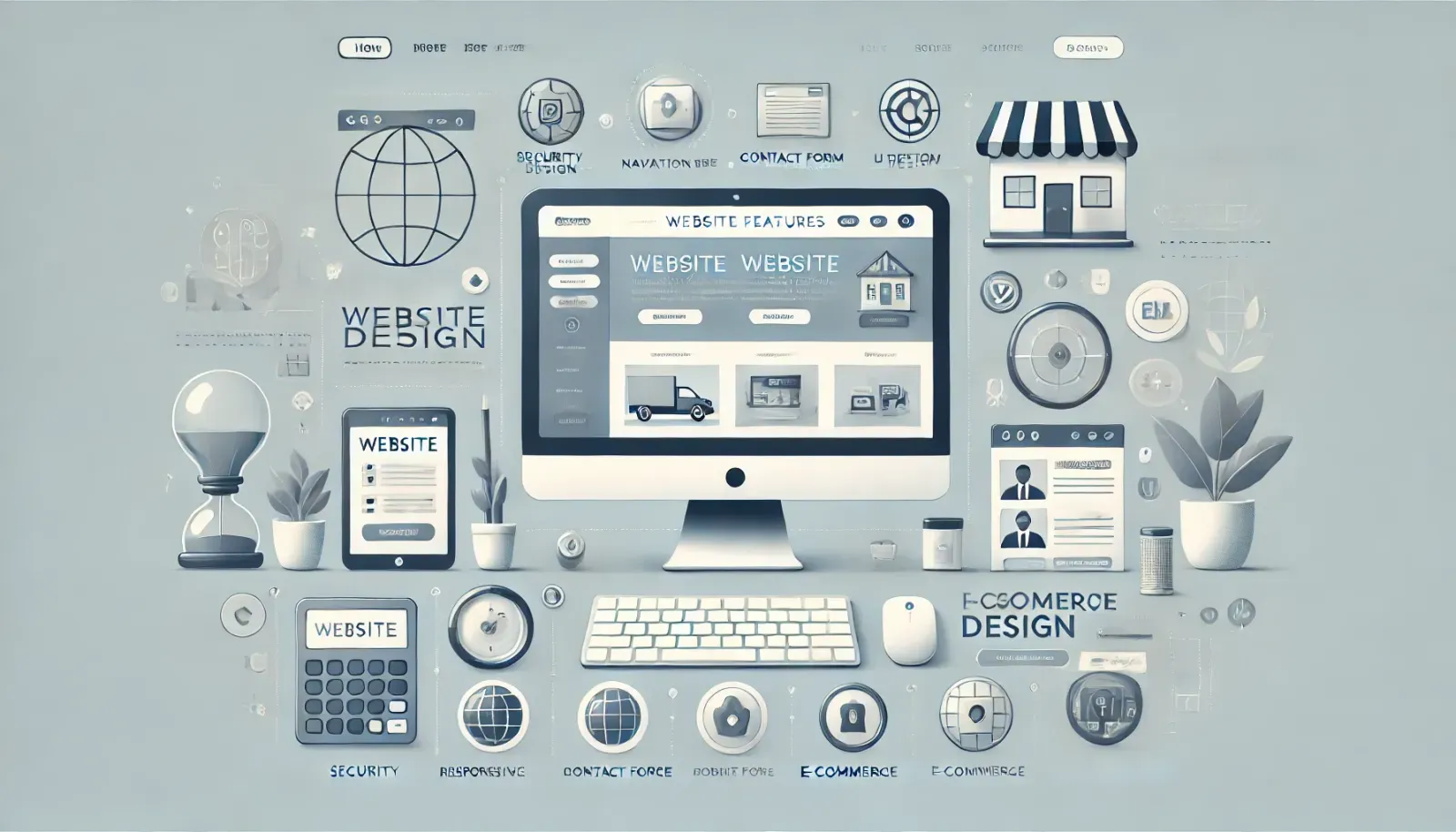
Essential Content
Creating a visually appealing and easy-to-navigate website is a significant first step, but without compelling and relevant content, your site may fail to engage visitors and drive conversions. Essential content goes beyond just filling pages with text and images—it involves providing valuable information that meets the needs of your audience, builds trust, and encourages action. In this section, we'll explore the key components of essential website content, including the home page, about page, and service/product pages.
Home Page
Your home page serves as the digital storefront of your business. It's often the first page visitors see, and it should immediately convey who you are, what you offer, and why visitors should care. A well-crafted home page sets the tone for the rest of your site and guides visitors to explore further.
Key Elements of a Home Page:
- Clear Value Proposition: Your value proposition should be prominently displayed and quickly communicate the unique benefits of your products or services. This can be achieved through a compelling headline and subheadline that highlight what sets your business apart from competitors.
- Engaging Visuals: High-quality images, videos, or graphics can capture attention and make your home page more visually appealing. Use visuals that reflect your brand and resonate with your target audience.
- Brief Introduction: Provide a concise overview of your business, including who you are, what you do, and how you can help your customers. This introduction should be easy to read and to the point.
- Call-to-Action (CTA): Encourage visitors to take the next step with clear and compelling CTAs. Whether it's "Learn More," "Get Started," or "Contact Us," your CTAs should guide visitors toward further engagement with your site.
- Customer Testimonials: Including a few positive testimonials or reviews on your home page can build credibility and trust. Real-life experiences from satisfied customers can reassure new visitors of your reliability and quality.
About Page
The About page is your opportunity to tell your story and connect with visitors on a personal level. It's where you can share your mission, values, and the people behind your business. A well-crafted about page can humanize your brand and build a deeper connection with your audience.
Key Elements of an About Page:
- Your Story: Share the journey of your business—how it started, the challenges you’ve overcome, and the milestones you’ve achieved. This narrative helps visitors understand the passion and dedication behind your brand.
- Mission and Values: Clearly articulate your mission and core values. Explain what drives your business and how you aim to make a positive impact on your customers and community.
- Team Introduction: Introduce the key members of your team with short bios and photos. Highlight their expertise, experience, and roles within the company. This personal touch can make your business more relatable and trustworthy.
- Achievements and Awards: If your business has received any awards, recognitions, or certifications, be sure to showcase them on your about page. These accolades can further establish your credibility and authority in your industry.
- Community Involvement: If your business is involved in any community activities, charity work, or environmental initiatives, mention these efforts. Demonstrating social responsibility can enhance your brand image and appeal to socially conscious consumers.

Mke sure you also read this article for more ideas on how to help your business website.
Service/Product Pages
The service or product pages are where you provide detailed information about what you offer. These pages should be informative, engaging, and persuasive, helping visitors understand the value and benefits of your products or services.
Key Elements of Service/Product Pages:
- Detailed Descriptions: Clearly explain what each service or product entails, including features, benefits, and any unique selling points. Avoid using jargon and ensure the information is easy to understand.
- High-Quality Images and Videos: Visual content plays a crucial role in showcasing your products or services. Use high-quality images and videos to provide a realistic and appealing representation.
- Customer Testimonials and Case Studies: Include testimonials from satisfied customers or case studies that highlight how your products or services have helped others. These real-world examples can build trust and demonstrate the value you provide.
- Pricing Information: If applicable, provide clear and transparent pricing information. This helps potential customers make informed decisions and reduces the likelihood of surprises later on.
- Call-to-Action (CTA): Just like on your home page, include strong CTAs on your service or product pages. Encourage visitors to take the next step, whether it’s making a purchase, scheduling a consultation, or requesting more information.
By focusing on these essential content elements, you can create a website that not only informs but also engages and converts visitors. High-quality, relevant content is the foundation of a successful small business website, helping you build trust, establish authority, and drive business growth.
Essential content goes beyond just filling pages—it involves providing valuable information that meets the needs of your audience, builds trust, and encourages action. By focusing on the key elements of your home page, about page, and service/product pages, you can create a website that effectively communicates your brand's value, connects with visitors, and drives business success.
Essential Content
Technical Aspects
The technical aspects of your website are crucial for ensuring smooth operation, optimal performance, and high visibility in search engine results. One of the most important technical elements is SEO (Search Engine Optimization). SEO involves optimizing your website to rank higher on search engine results pages (SERPs), which increases your site’s visibility and attracts more organic traffic. This process includes keyword research, on-page optimization, and producing quality content. Using tools like Google Keyword Planner, Ahrefs, and SEMrush can help identify relevant keywords that potential customers use. These keywords should be naturally incorporated into your website’s titles, headers, meta descriptions, and body text. Search engines favor high-quality, informative content, so regularly updating your blog with valuable articles, guides, and insights is essential. Additionally, using internal links helps search engines understand your site’s structure, while external links to reputable sites add credibility.
Another critical technical aspect is loading speed. A fast-loading website is vital for user experience and search engine rankings. Visitors are likely to leave a site if it takes too long to load, leading to a higher bounce rate. To improve loading speed, optimize images, leverage browser caching, and minimize the use of heavy scripts and plugins. Tools like Google PageSpeed Insights can help identify areas for improvement. Faster websites not only enhance user experience but also positively impact your SEO, as search engines like Google use loading speed as a ranking factor.
Security is the third crucial technical aspect. Ensuring your website is secure builds trust with your visitors and protects their data. Implementing SSL (Secure Sockets Layer) certificates encrypts data transferred between your website and its users, signaling that your site is safe. Additionally, secure payment gateways are essential for e-commerce sites to protect customers' financial information. Regularly update your website’s software, plugins, and themes to protect against vulnerabilities. Using strong passwords and two-factor authentication adds another layer of security. Displaying security badges and trust seals can also reassure visitors that their information is safe.
In summary, the technical aspects of SEO, loading speed, and security are foundational to the success of your small business website. Effective SEO enhances your visibility and attracts more organic traffic, a fast-loading website improves user experience and search engine rankings, and robust security measures protect your visitors’ data and build trust. By prioritizing these technical elements, you can create a website that not only looks great and provides valuable content but also performs efficiently and safely, ultimately driving business growth and customer satisfaction.
Summary
Building a successful website for your small business involves more than just a visually appealing design. It requires a combination of user-friendly design, essential content, and strong technical foundations. By focusing on these three areas, you can create a website that attracts visitors, engages them with valuable information, and converts them into loyal customers.
A user-friendly design makes a great first impression, ensures seamless navigation across all devices, and helps visitors find what they’re looking for quickly and easily. Essential content, including a compelling home page, informative about page, and detailed service or product pages, provides the information visitors need to understand your business and make informed decisions. The technical aspects of your website, such as effective SEO, fast loading speed, and robust security measures, ensure that your site is visible, performs well, and keeps visitors' data safe, Zenogram Digital Marketing Agency understands these aspects for website success.
Investing time and resources into these key areas will pay off by enhancing your online presence, building trust with your audience, and driving business growth. Remember, your website is often the first interaction potential customers have with your business, so make it count. If you need assistance, consider seeking help from professionals who can guide you in creating and maintaining a website that supports your business goals. With a well-designed, content-rich, and technically sound website, your small business can thrive in the digital age.



